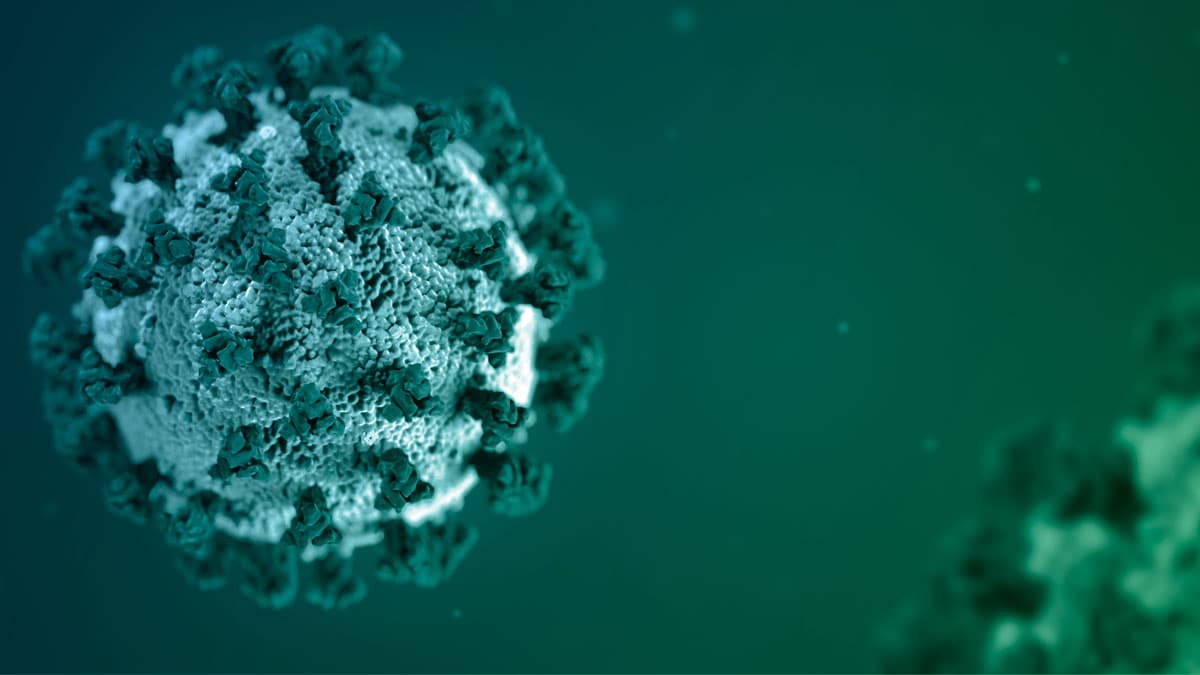- Joined
- Oct 24, 2000
- Messages
- 14,824
- Reaction score
- 13,146
- Age
- 46
Online
Has it been proven for sure that you're still contagious if you've been vaccinated and have an asymptomatic or mild case? I haven't read much on this lately, so it's quite possible I missed it.you still can get a mild or asymptomatic case, which means you can still be contagious.


